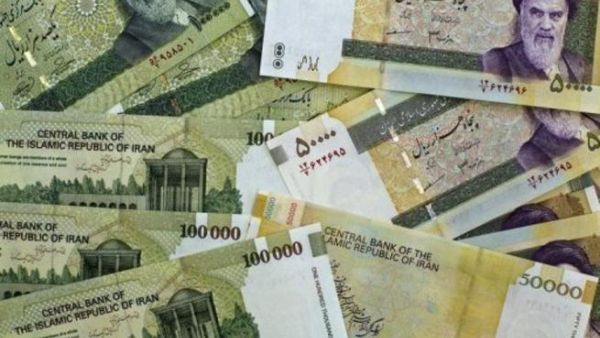The Iranian rial partially recovered on Tuesday following a two-day precipitous drop in value. The rial fell to a record low of 17,800 to the US dollar on Monday as a result of President Barack Obama signing new sanctions into law. The exchange rate for December 2010 was around 10,500 rials to the dollar. Iran denies that the sudden depreciation was due to US sanctions. By the end of the day Monday, the rial had recovered to 16,200 to the dollar.
On Saturday, President Obama signed into law a new round of sanctions, to go into effect after six months, designed to hinder Iran’s ability to develop nuclear weapons. The new sanctions prohibit any foreign financial institution that has relations with the Iranian central bank to engage in transactions with US banks. This is expected to have a negative impact on the Iran’s ability to influence its exchange rate, and could make imports more costly. The sanctions also penalize foreign companies that purchase Iranian oil, by far the country’s largest source of government income. OPEC estimates that 80% of Iran’s foreign revenues come from the sale of oil.
The decision led to a run on the banks in Iran, as citizens eager to maintain the value of their savings rushed to convert their money into dollars, UAE dirhams, euros, and gold. Nonetheless, the Iranian government denied that the decline of the rial was related to US sanctions. Central bank head Mahmoud Bahmani stated, “I declare absolutely that the international sanctions have not created any economic problem for the country. The enemies know that and are trying to create psychological tensions. But we won't play their game.” He encouraged Iranians not to buy US dollars. Foreign ministry spokesman Ramin Mehmanparast claimed that the depreciation was due to domestic shifts in capital, particularly into the real estate sector. The Iranian central bank has promised to fix the decline by injecting more foreign currency into the market.
The currency crisis comes on the heels of a series of diplomatic crises involving Iran. In the past few weeks, Tehran announced that it had produced a nuclear fuel rod. The military also carried out a military exercise simulating a closing of the Strait of Hormuz, threatened to blockade the strait if new sanctions were lodged against it, and made vague statements about how it would respond if a US warship patrolling the strait were to re-enter the Gulf. Additionally, the rial fell in December on rumors that Iran had prohibited the financing of trade with the UAE.
The Iranian government budget is calculated on the basis of 10,500 rials to the dollar. Before the Islamic Revolution, the exchange rate was approximately 70 rials to the dollar, but the rial depreciated significantly due to capital flight after the revolution.
(Source: english.nuqudy.com)







